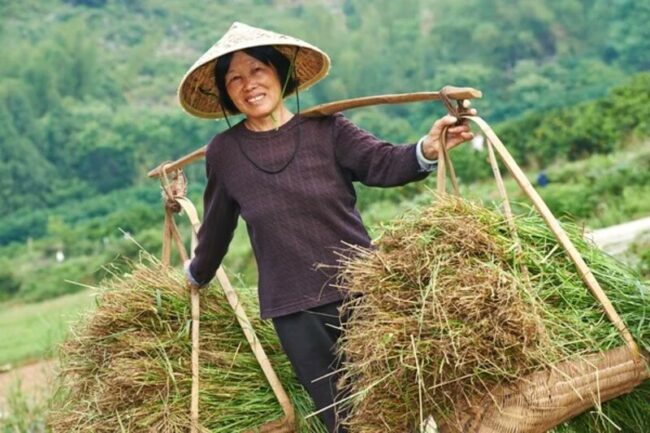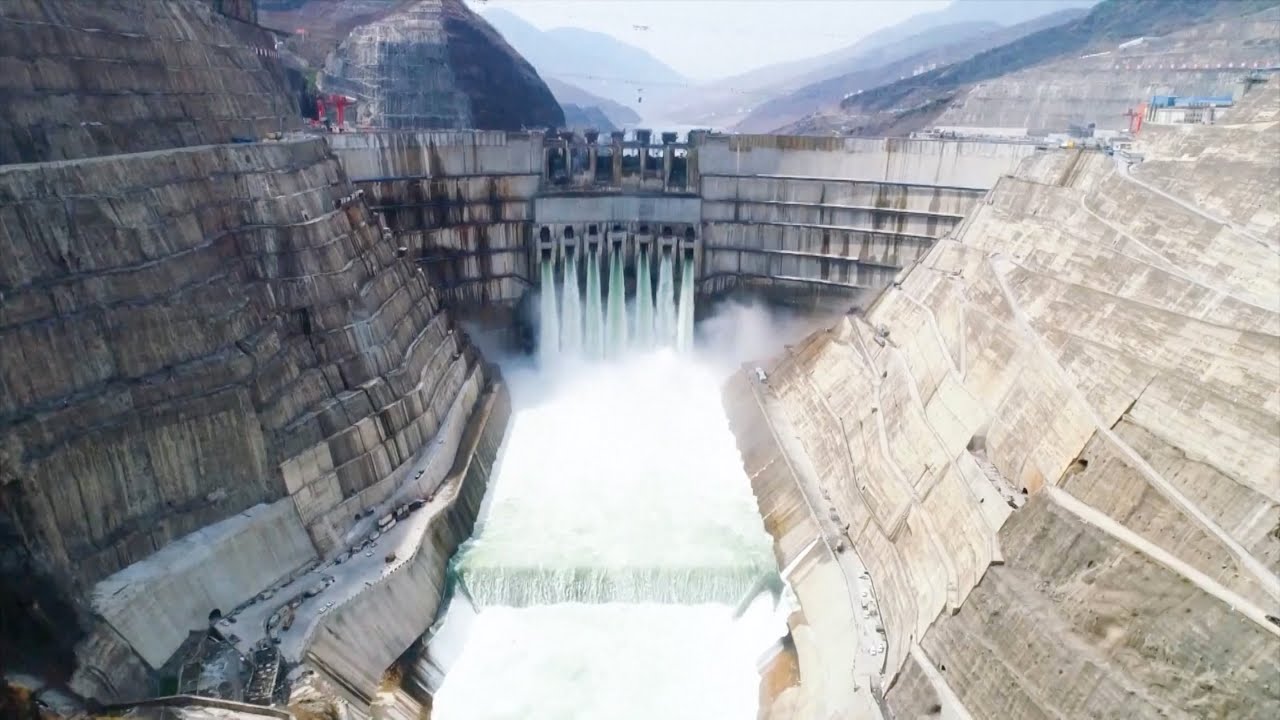They connected the final producing unit of the hydro plant to the grid. And this marks the official completion of China’s second-largest hydroelectric project on the upstream branch of the Yangtze River. The state broadcaster CCTV published this.
With sixteen 1-gigawatt (GW) turbines, the Baihetan hydroelectric facility is the second-largest hydropower generator in China and the entire globe, just behind the Three Gorges Project, which is situated on the Yangtze river.
A big investment in this hydro plant means a big gain for all
According to CCTV, the facility could produce 62.44 billion kWh yearly. It saves around 90.45 million tons of coal and reduces carbon dioxide emissions by 248.4 million tons.
The Yangtze River, the longest in China, is home to six enormous hydroelectric plants. Baihetan is one of them. Developer Three Gorges Corporation has referred to the 289-meter dam and its supporting infrastructure as one of the nation’s greatest and most difficult engineering projects.
With a total anticipated investment of 170 billion yuan ($24.38 billion), construction is underway in 2017. It will transport electricity throughout the nation to cities in the east as a significant project in China’s west-east power transmission initiative.
If no hydro plant, there will be power shortages
Despite a prolonged and punishing drought this summer that caused generating volumes to plummet and forced regions to regulate power consumption, China is moving forward with the building of hydropower in the southwest.
This summer’s prolonged drought has prompted China to plan a massive infrastructure drive for water.
In an effort to combat the escalating effects of extreme weather on agriculture and hydropower, Chinese provinces intend to spend billions of dollars on new water infrastructure. This is after a record heatwave dried up significant portions of the Yangtze valley.
The protracted drought in southwest China has made it clear how susceptible to dropping water levels hydropower-dependent regions like Sichuan are. It has hindered electricity delivery to other parts of the nation.
Hydro plant dams should save the crops too

Authorities are particularly concerned about the impact of low rainfall on the autumn harvest. Some speculate that 20% of China’s crops may be impacted. Per capita water resources are currently only a fourth of the global average.
In order to irrigate crops, drought-stricken areas have dug emergency wells. Also, they sent out firemen and cloud-seeding rockets. But governments are increasingly resorting to more substantial, long-term water infrastructure.
The hydro plant will help to control floods and droughts
According to Mao Liuxi, a meteorological expert with the China Meteorological Administration, the ability to store and move water is highly significant. It is because of the severe extremes, and the worsening of floods and droughts at the same time.
With a combined investment of 1.7 trillion yuan ($246 billion), 25 large projects have already received approval from the Ministry of Water Resources this year.
Hubei province in central China severely suffered from the Yangtze drought. Thus it started work on 18 massive water projects. Expectations are it will cost 176 billion yuan between 2021 and 2025.

